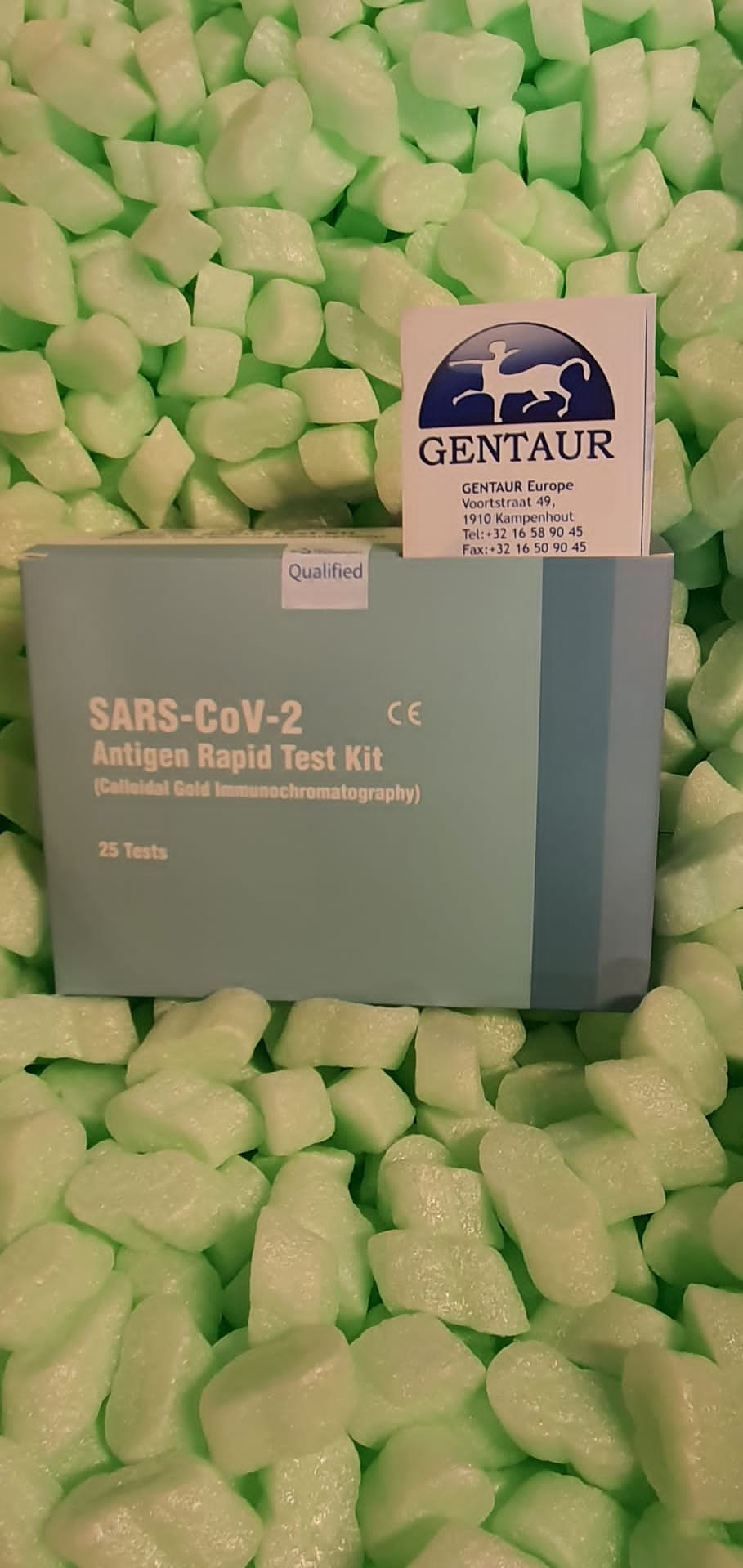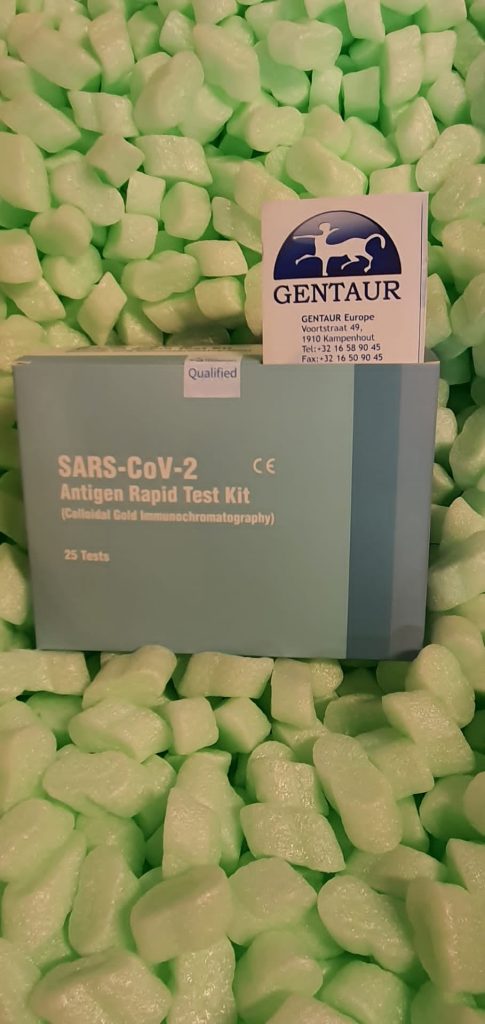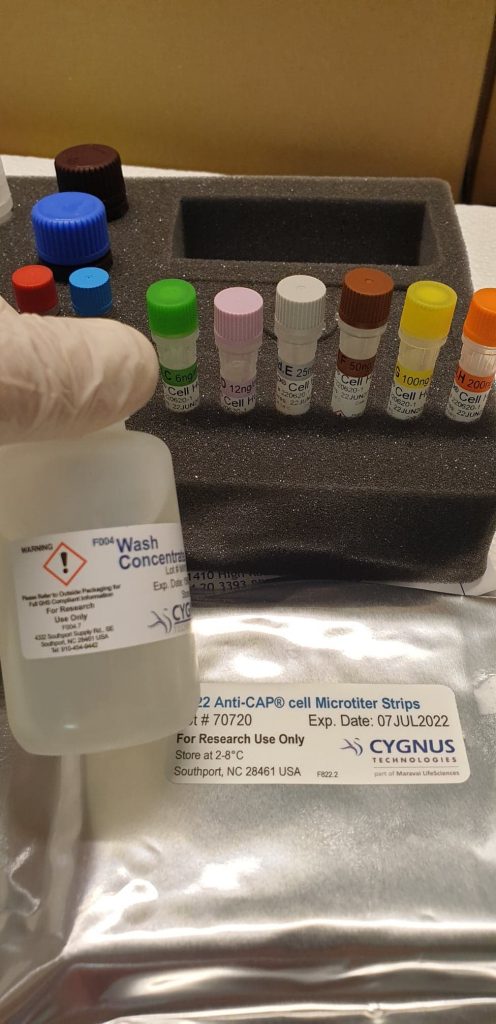Aquaporin-4 deletion in mice reduces brain edema after acute water intoxication and ischemic stroke.
by Jo Miles

Cerebral edema contributes considerably to morbidity and loss of life related to many frequent neurological issues. However, present remedy choices are restricted to hyperosmolar brokers and surgical decompression, therapies launched greater than 70 years in the past. Here we present that mice poor in aquaporin-4 (AQP4), a glial membrane water channel, have a lot better survival than wild-type mice in a mannequin of brain edema attributable to acute water intoxication. Brain tissue water content material and swelling of pericapillary astrocytic foot processes in AQP4-deficient mice have been considerably lowered.
In one other mannequin of brain edema, focal ischemic stroke produced by center cerebral artery occlusion, AQP4-deficient mice had improved neurological consequence. Cerebral edema, as measured by share of hemispheric enlargement at 24 h, was decreased by 35% in AQP4-deficient mice. These outcomes implicate a key function for AQP4 in modulating brain water transport, and counsel that AQP4 inhibition might present a brand new therapeutic possibility for decreasing brain edema in all kinds of cerebral issues. Neuromyelitis optica (NMO) is an inflammatory demyelinating illness that selectively impacts optic nerves and spinal wire.
It is taken into account a extreme variant of a number of sclerosis (MS), and steadily is misdiagnosed as MS, however prognosis and optimum remedies differ. A serum immunoglobulin G autoantibody (NMO-IgG) serves as a selected marker for NMO. Here we present that NMO-IgG binds selectively to the aquaporin-4 water channel, a part of the dystroglycan protein complicated positioned in astrocytic foot processes on the blood-brain barrier. NMO might characterize the primary instance of a novel class of autoimmune channelopathy. Our understanding of the motion of water by means of cell membranes has been tremendously superior by the invention of a household of water-specific, membrane-channel proteins – the aquaporins.
These proteins are current in organisms in any respect ranges of life, and their distinctive permeability traits and distribution in quite a few tissues point out various roles in the regulation of water homeostasis. The recognition of aquaporins has stimulated a reconsideration of membrane water permeability by investigators throughout a variety of disciplines.
Specialized membrane domains for water transport in glial cells: high-resolution immunogold cytochemistry of aquaporin-4 in rat brain.
Membrane water transport is critically concerned in brain quantity homeostasis and in the pathogenesis of brain edema. The cDNA encoding aquaporin-4 (AQP4) water channel protein was lately remoted from rat brain. We used immunocytochemistry and high-resolution immunogold electron microscopy to establish the cells and membrane domains that mediate water flux by means of AQP4. The AQP4 protein is considerable in glial cells bordering the subarachnoidal area, ventricles, and blood vessels. AQP4 can be considerable in osmosensory areas, together with the supraoptic nucleus and subfornical organ.
Immunogold evaluation demonstrated that AQP4 is restricted to glial membranes and to subpopulations of ependymal cells. AQP4 is especially strongly expressed in glial membranes which might be in direct contact with capillaries and pia. The extremely polarized AQP4 expression signifies that these cells are outfitted with particular membrane domains which might be specialised for water transport, thereby mediating the move of water between glial cells and the cavities stuffed with CSF and the intravascular area. Human crimson cell AQP1 is the primary functionally outlined member of the aquaporin household of membrane water channels.
Here we describe an atomic mannequin of AQP1 at 3.8A decision from electron crystallographic knowledge. Multiple extremely conserved amino-acid residues stabilize the novel fold of AQP1. The aqueous pathway is lined with conserved hydrophobic residues that allow speedy water transport, whereas the water selectivity is because of a constriction of the pore diameter to about Three A over a span of 1 residue. The atomic mannequin supplies a doable molecular rationalization to a longstanding puzzle in physiology-how membranes could be freely permeable to water however impermeable to protons.

Specific aquaporins facilitate the diffusion of hydrogen peroxide throughout membranes.
The metabolism of cardio organisms constantly produces reactive oxygen species. Although probably poisonous, these compounds additionally perform in signaling. One vital function of signaling compounds is their potential to maneuver between totally different compartments, e.g. to cross membranes. Here we current proof that aquaporins can channel hydrogen peroxide (H2O2). Twenty-four aquaporins from crops and mammals have been screened in 5 yeast strains differing in sensitivity towards oxidative stress. Expression of human AQP8 and plant Arabidopsis TIP1;1 and TIP1;2 in yeast decreased development and survival in the presence of H2O2.
Further proof for aquaporin-mediated H2O2 diffusion was obtained by a fluorescence assay with intact yeast cells utilizing an intracellular reactive oxygen species-sensitive fluorescent dye. Application of silver ions (Ag+), which block aquaporin-mediated water diffusion in a quick kinetics swelling assay, additionally reversed each the aquaporin-dependent development repression and the H2O2-induced fluorescence. Our outcomes current the primary molecular genetic proof for the diffusion of H2O2 by means of particular members of the aquaporin household.
[Linking template=”default” type=”products” search=”Pig Glutamyl aminopeptidase ELISA Kit” header=”2″ limit=”142″ start=”3″ showCatalogNumber=”true” showSize=”true” showSupplier=”true” showPrice=”true” showDescription=”true” showAdditionalInformation=”true” showImage=”true” showSchemaMarkup=”true” imageWidth=”” imageHeight=””]
Aquaporins are channel proteins current in the plasma and intracellular membranes of plant cells, the place they facilitate the transport of water and/or small impartial solutes (urea, boric acid, silicic acid) or gases (ammonia, carbon dioxide). Recent progress was made in understanding the molecular bases of aquaporin transport selectivity and gating. The current evaluate examines how a variety of selectivity profiles and regulation properties permits aquaporins to be built-in in quite a few capabilities, all through plant growth, and throughout variations to variable residing situations. Although they play a central function in water relations of roots, leaves, seeds, and flowers, aquaporins have additionally been linked to plant mineral diet and carbon and nitrogen fixation.
Cerebral edema contributes considerably to morbidity and loss of life related to many frequent neurological issues. However, present remedy choices are restricted to hyperosmolar brokers and surgical decompression, therapies launched greater than 70 years in the past. Here we present that mice poor in aquaporin-4 (AQP4), a glial membrane water channel, have a lot better…

| M | T | W | T | F | S | S |
|---|---|---|---|---|---|---|
| 1 | 2 | 3 | 4 | 5 | 6 | 7 |
| 8 | 9 | 10 | 11 | 12 | 13 | 14 |
| 15 | 16 | 17 | 18 | 19 | 20 | 21 |
| 22 | 23 | 24 | 25 | 26 | 27 | 28 |
| 29 | 30 | |||||

Categories
- Bird
- Blog
- Conjugation of Synthetic Trisaccharide of Staphylococcus aureus Type 8 Capsular Polysaccharide Elicits Antibodies Recognizing Intact Bacterium.
- Model of vaccine efficacy against HSV-2 superinfection of HSV-1 seropositive mice demonstrates protection by antibodies mediating cellular cytotoxicity.
- My Blog
- PCR
- peptide
- Percp
- Perivascular Lymphocyte Clusters Induced by Gastric Subserous Layer Vaccination Mediate Optimal Immunity against Helicobacter through Facilitating Immune Cell Infiltration and Local Antibody Response.
- peroxidase
- phosphor
- PicoProbe
- Standard
- step
- sterile
- strip
- Target
- TEMED

